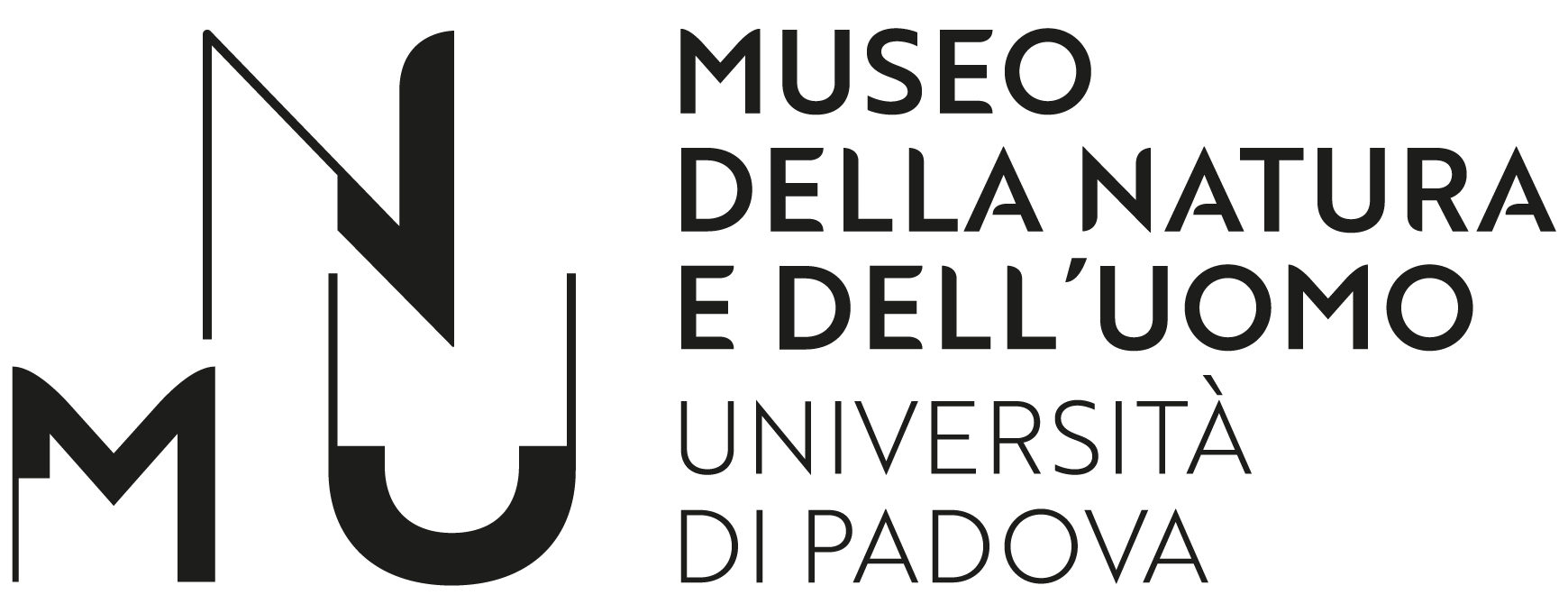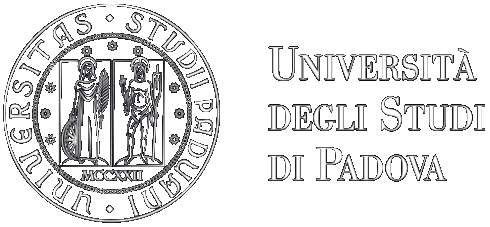Pinna nobilis, whose common name is the noble pen shell, has valves that can sometimes reach a metre in length, making it the largest bivalve in the Mediterranean. Its meat is edible but, like all filter feeders, it can accumulate large amounts of pollutants and pathogenic organisms that make it dangerous to our health. The outer surface of the shells becomes encrusted with seaweed, bryozoans, ascidians and sponges, while inside shrimps often live in symbiosis with the mollusc.
The noble pen shell typically lives in Posidonia meadows, the pointed end of its triangular shell sunken and firmly anchored to the seabed by its byssus, a bundle of collagen threads that can be used as textile fibres and, indeed, were historically used to produce a refined fabric. The indiscriminate fishing for byssus and pollution of the mollusc’s environment have long threatened this species, which in 2016 was also hit by an epidemic caused by a parasitic protozoan that wiped out most of the Mediterranean populations, bringing the noble pen shell to the brink of extinction.


